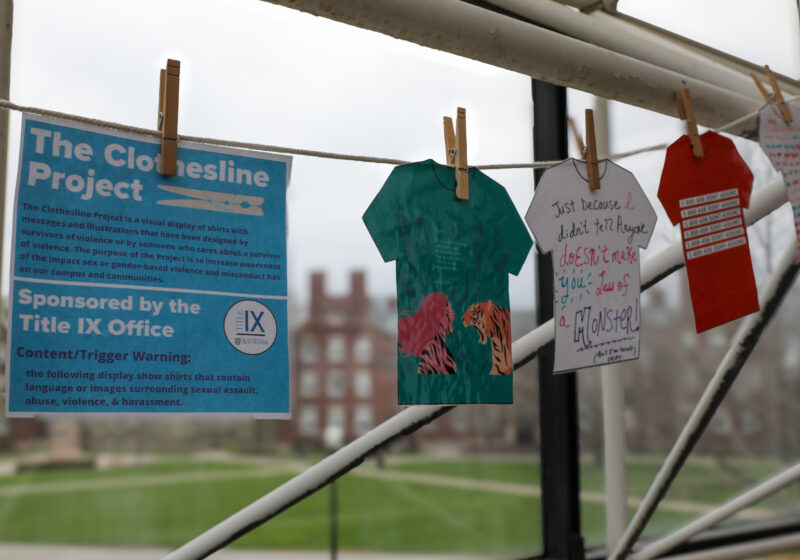With the arrival of spring -we hope – also comes the transition of running indoors to outdoors for many. In the fall we discussed training factors you need to be aware of when coming inside to train. This week’s article will focus on one of the more common running injuries encountered when returning outdoors to run.
This is called IT band syndrome. For many runners this injury can be a nuisance initially, but if not taken care of, it can often significantly restrict training, causing major emotional and physical frustration. This article will analyze the anatomy, usual causes, proper prevention and treatment techniques for IT band syndrome.
The IT band originates on the lateral aspect of both hips from the tensor fascia lata, gluteus medius and gluteus maximus muscles. It is mainly made up of taut tissue called fascia that extends down the lateral portion of the thigh and attaches on the outside just below the knee. The IT band functions in medial and lateral stabilization of the knee and aids in deceleration.
Tightness of the IT band combined with weakness of the hip muscles can cause a rubbing of the band as it passes over the outer part of the thigh bone. This constant friction otherwise known as IT band friction syndrome causes further inflammation leading to pain, instability and inability to run effectively.
You may ask what causes this tightness leading to these problems? Sitting for long periods of time, then not warming up and stretching properly are main culprits. Other causes include change of running surfaces, poor shoe wear and interval runs.
These types of runs may involve a lot of acceleration and deceleration which puts a lot of stress on the hip muscles and IT band, and may further inflame them if they haven’t been properly acclimated to this type of training. Hill work can also pose a problem as well if you’ve been used to running on a flat surface. In addition, women may be at a greater risk than men, due to a generally wider hip width that puts more strain on the IT band.
If you are going to participate in interval training or hill work you must gradually ease your way into it, rather than trying to go out and slog through a lot of miles in conditions your legs haven’t been exposed to in a while. It is important to make sure your shoes have adequate support and cushion – not those old ones you’ve been running in for over a year. Believe it or not, running shoes begin to lose their shock absorption at about 50 miles of wear.
Proper stretching before and after running is crucial to keeping the IT band flexible and free of inflammation. One can perform a standing stretch by crossing one foot over the other and leaning to the side of the foot that is in the back. To further accentuate the stretch, raise the arm of the same side being stretched overhead and then rotate your arms down toward the foot of the leg beingstretched. This should be held for a time of 30 to 60 seconds. Strength work is just as important in helping prevent IT band syndrome.
Performing hip abduction and adduction exercises – moving your leg away from your body and across your body – with free weights or the rotary hip machine is a great way to keep the outer hip muscles strong. You also need to perform forward and lateral lunges to train and teach those muscles how to effectively decelerate.
Side shuffling with surgical tubing or rubber bands around both ankles is a fun and easy way to combine warm-up with strengthening. Another effective means of loosening this tight band is by laying on your affected side and placing a foam roller or pool noodle between the floor and the outside of the thigh.
By supporting your upper body on the floor with both hands, move your leg up and down by placing pressure against the roller or noodle to give your IT band a massage in order to address tightness.
Ice massage following activity is also an effective means to reduce inflammation and keep soreness levels to a minimum. So the next time you go out for an interval or long run that has hills, make sure you’ve prepared your IT band for the task at hand. It will save you much frustration in the “long run.”
Steckley is a certified UR athletic trainer and can be reached at psteckley@campustimes.org.

